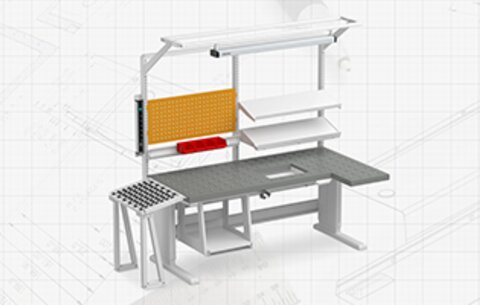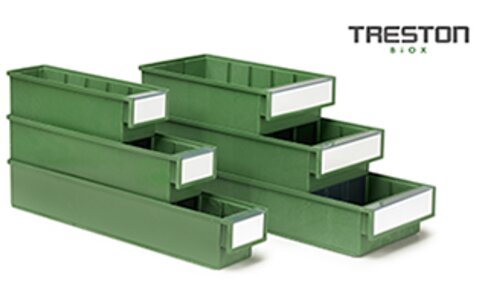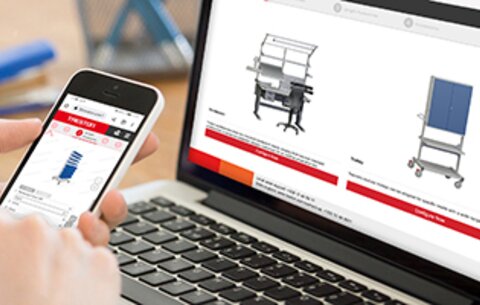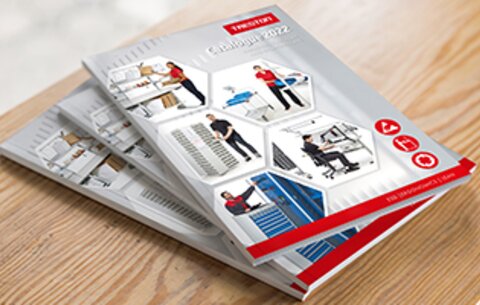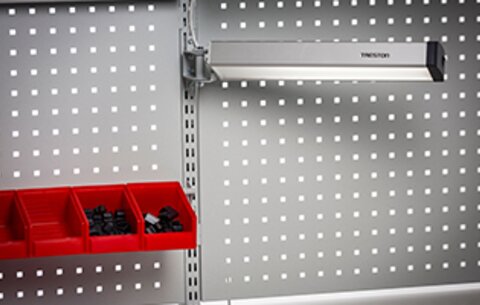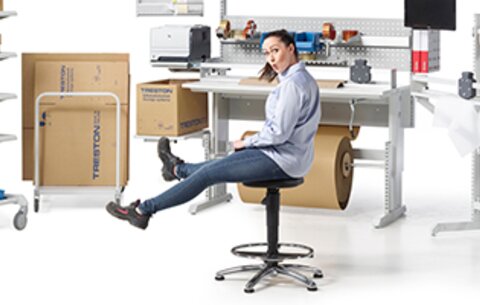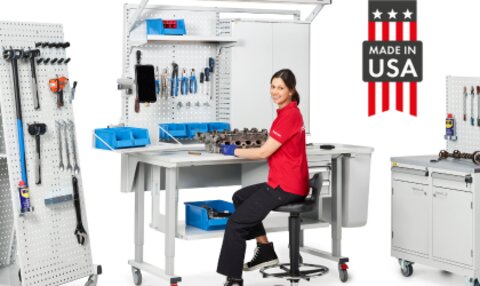

Mastering Industrial Ergonomics: A Q&A with Mariah Holback and Jonna Patama
Join us as we discuss topics such as:
- The benefits of ergonomic workstations
- How to identify ergonomic risks in the workplace
- The role of AI in ergonomic assessments
- Best practices
Musculoskeletal Disorders are a common workplace issue, accounting for a substantial portion of occupational injuries and illnesses. According to the Bureau of Labor Statistics, MSDs account for 25% of all nonfatal occupational injuries and illnesses in 2020. They also accounted for 13% of all lost workdays due to injury or illness. The total cost of MSDs to the US Economy is estimated to be $45 to $54 billion per year. During this session we explain Ergonomics and the benefits it has in the workplace.

Q: What is ergonomics and why is it important for workplaces?
Mariah: Ergonomics is the science of designing spaces and tools to fit human needs. It's about creating work environments that prevent injuries and discomfort. Think of it as making sure your workspace works for you, not the other way around.
Why is it important? Because poor ergonomics can lead to costly injuries, decreased productivity, and low employee morale. On the flip side, a well-designed workspace boosts efficiency, reduces sick days, and improves overall job satisfaction.
Q: What are some key factors to consider when designing an ergonomic workstation?
Jonna: Great question! Here are a few key points:
One of the most common things to consider is your chair. Ensure it supports your lower back and provides proper leg and foot positioning. You should be able to sit comfortably with your feet flat on the floor or a footrest.
Your desk height is also crucial. Your elbows should be at a 90-degree angle when typing, with your wrists straight. This helps prevent strain on your shoulders and wrists.
Monitor placement is key for reducing neck strain. The top of your monitor should be at eye level. This prevents you from craning your neck to see the screen.
Remember to position your keyboard and mouse close to your body to avoid reaching and straining your shoulders.
Finally, proper lighting is essential. Ensure your workspace is well-lit to reduce eye strain and fatigue.
Q: How can I determine if my workstation is ergonomically sound?
Jonna: A good starting point is to assess your workstation by reviewing the key points we shared, or consider investing in an ergonomics assessment. If your employee experiences discomfort or pain, it's a sign that adjustments need to be made.

Q: Can technology help improve workplace ergonomics?
Mariah: Absolutely! Tools like Treston ErgoID™, our ergonomic assessment service, are revolutionizing how we approach ergonomics. Our AI-powered system, powered by TuMeke Ergonomics, analyzes workstations through video footage, identifying potential ergonomic risks and providing tailored recommendations.

Treston ErgoID™, offers a variety of assessment packages tailored to your needs.
By investing in ergonomic assessments, you can:
- Improve employee comfort and well-being
- Reduce the risk of musculoskeletal disorders
- Increase productivity and efficiency
Don't wait until a problem arises. Take proactive steps to create a healthier and more ergonomic work environment for your employees.
Q: How does Treston ErgoID™ work?
Mariah: Treston ErgoID™ uses advanced computer vision technology to assess worker movements and postures. Paired with our extensive knowledge and experience in ergonomic workspace design, we provide detailed reports highlighting areas of concern and offer solutions to improve workplace safety. The best part? It can be done remotely, minimizing disruptions to your operations.
Conclusion
By prioritizing ergonomics, businesses can create healthier, safer, more productive work environments. With tools like Treston ErgoID™, it's easier than ever to identify and address ergonomic issues. Remember, investing in ergonomics is an investment in your employees' well-being and your company's success.
Learn more about Treston ErgoID™
For more information on this topic, watch our webinar:

